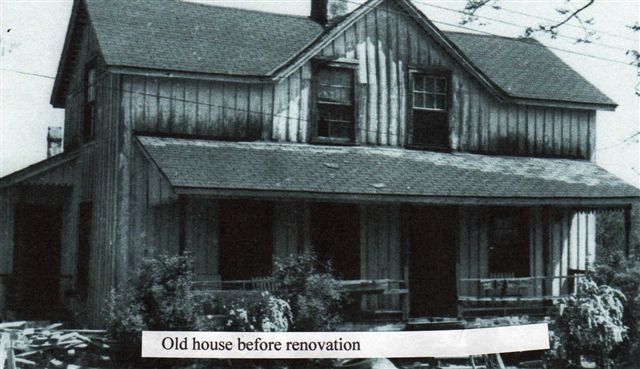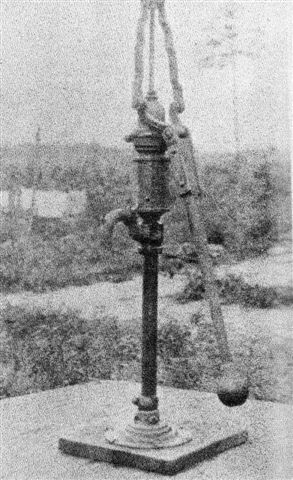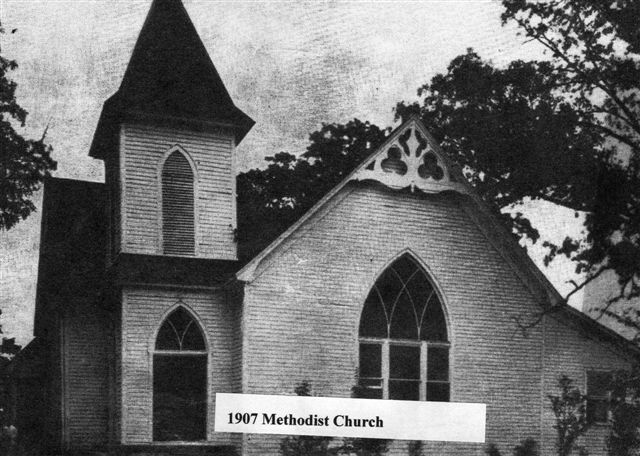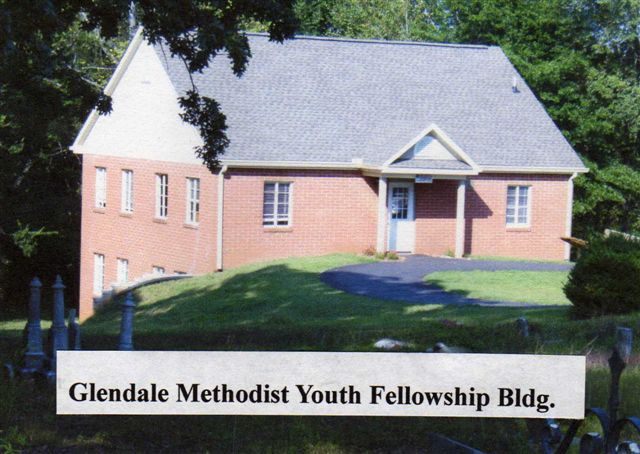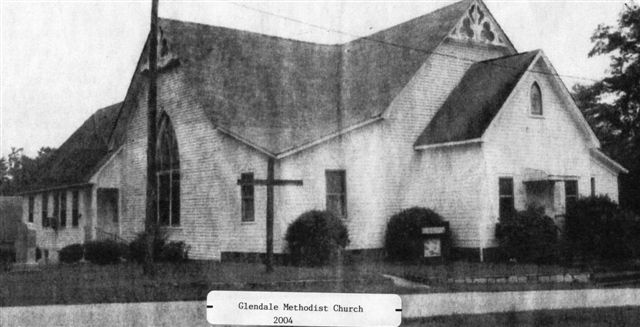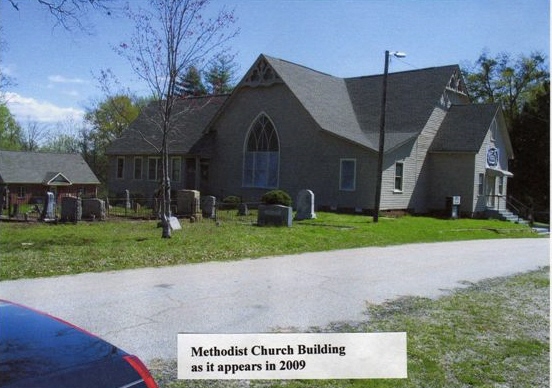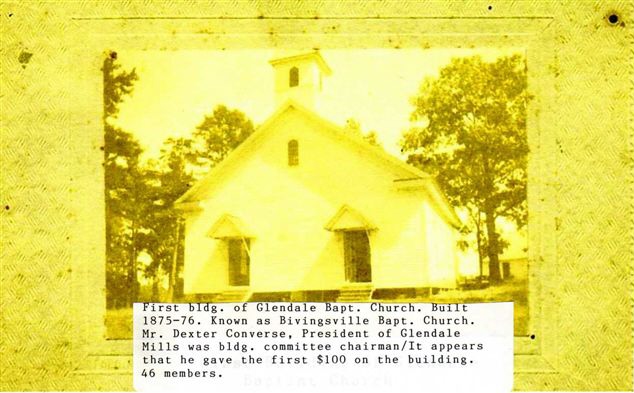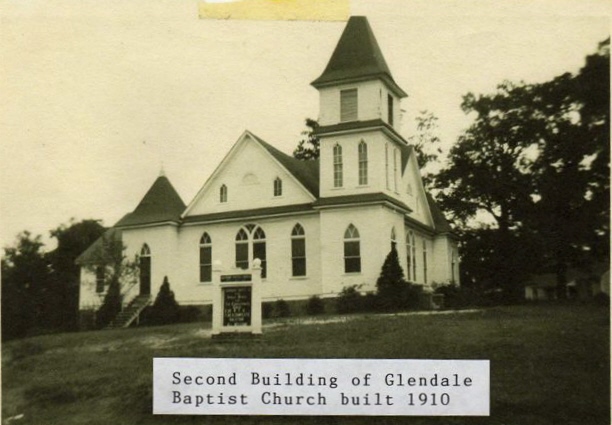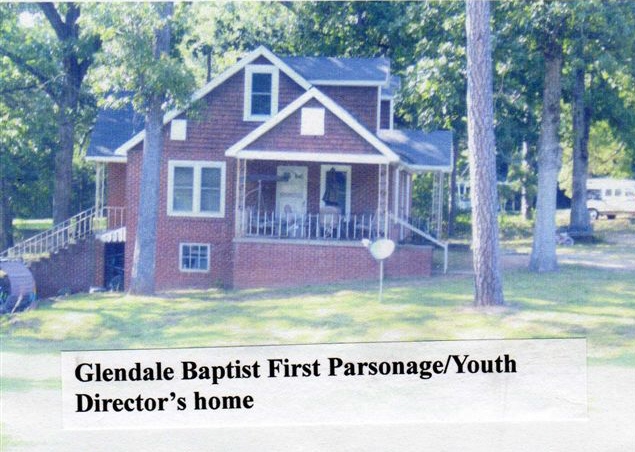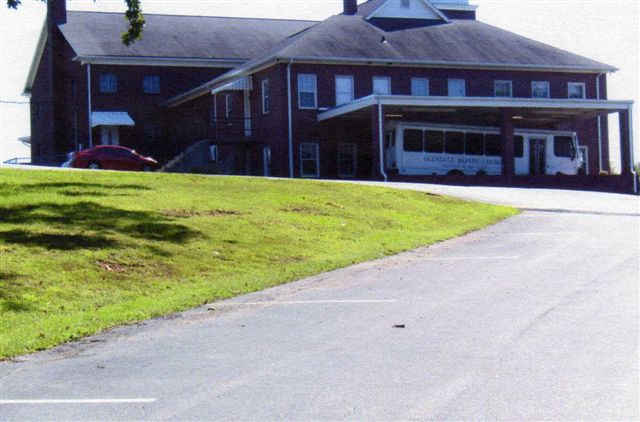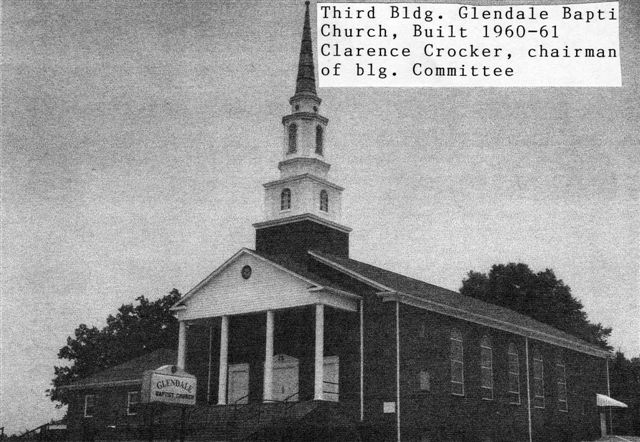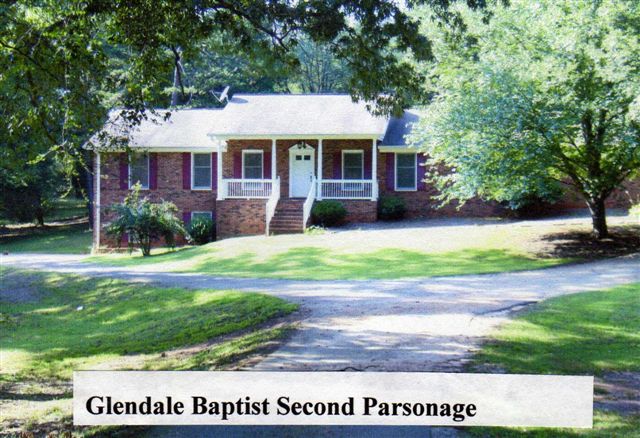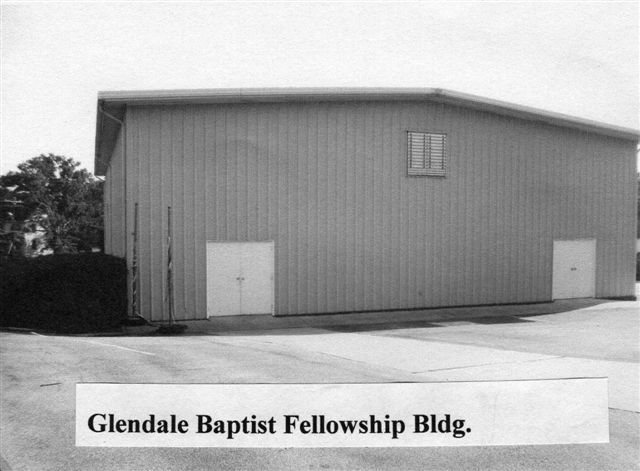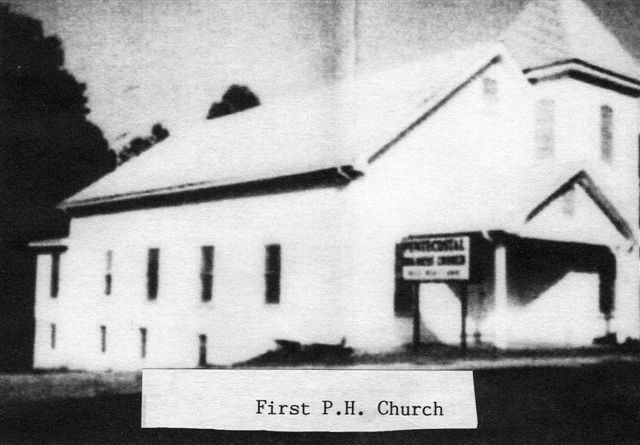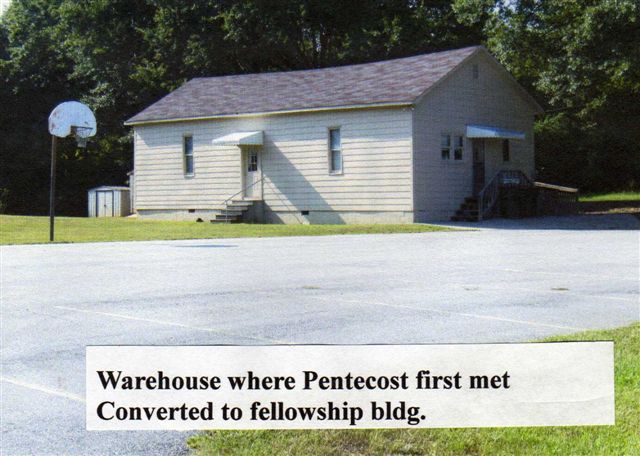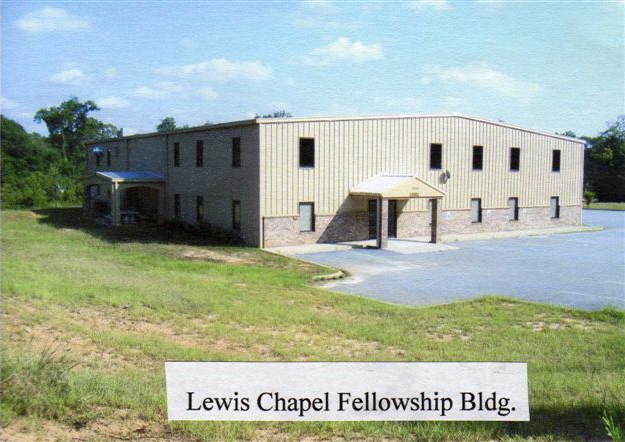The following story about the
Glendale Churches was furnished by Rev. Clarence Crocker,
a life long Glendale resident.
To fully appreciate the
spiritual life of Glendale, I believe one needs to
begin by looking at the background of its
founder.
From the numerous historical records I have of Dr.
James Bivings founder of Bivingsville, (Glendale) I am
compelled to believe that he was a man of integrity, a
popular physician, a successful business man and
entrepreneur. He was a man of high morals, much
opposed to intoxicating drink and the breach of the
Sabbath. He was a loving father, a devout Methodist
and a man of great Faith.
Moving to Lincolnton, N.C. at about the age of 35
and finding no church home, he was instrumental in the
construction of the first Methodist Church of the
Lincoln Circuit of which he later became a Trustee.
Before leaving Lincolnton, he assisted in stabilizing
the Rock Springs camp grounds of the Methodist Church
which was attracting 1000s annually from all faiths.
It’s no wonder that among his first works after
arriving in South Carolina was to construct a little
Community Church building in which people of all
Faiths might be able to worship and strengthen their
personal Faith. Though records, which I have, shows
such and old timers told us about it, an article
printed in the Spartan dated March 10 1880
confirms this fact. It reads, “Dr. Bivings had the
thorn bushes and scrubby cedars removed, the gullies
filled, a cotton factory, houses, a church and shops
put upon the waters of Lawson Fork”
A word of clarification is in order at this point.
It’s obvious that the Community Church and the
Community building have often been confused in
conversations and written articles because of their
similarities. Both were built by the Mill company.
School classes were held in both. For varying reasons,
Church services were held in both but they were two
separate buildings, located in two different locations
in the village.
After leaving Bivingsville, Dr. Bivings settled in a
little place called Crawfordsville (Fairmont), died
there and obviously, a member, was buried in the
Fairmont Methodist Cemetery, The Methodist Christian
Advocate carried his obituary in it’s publication.
(See picture.)



